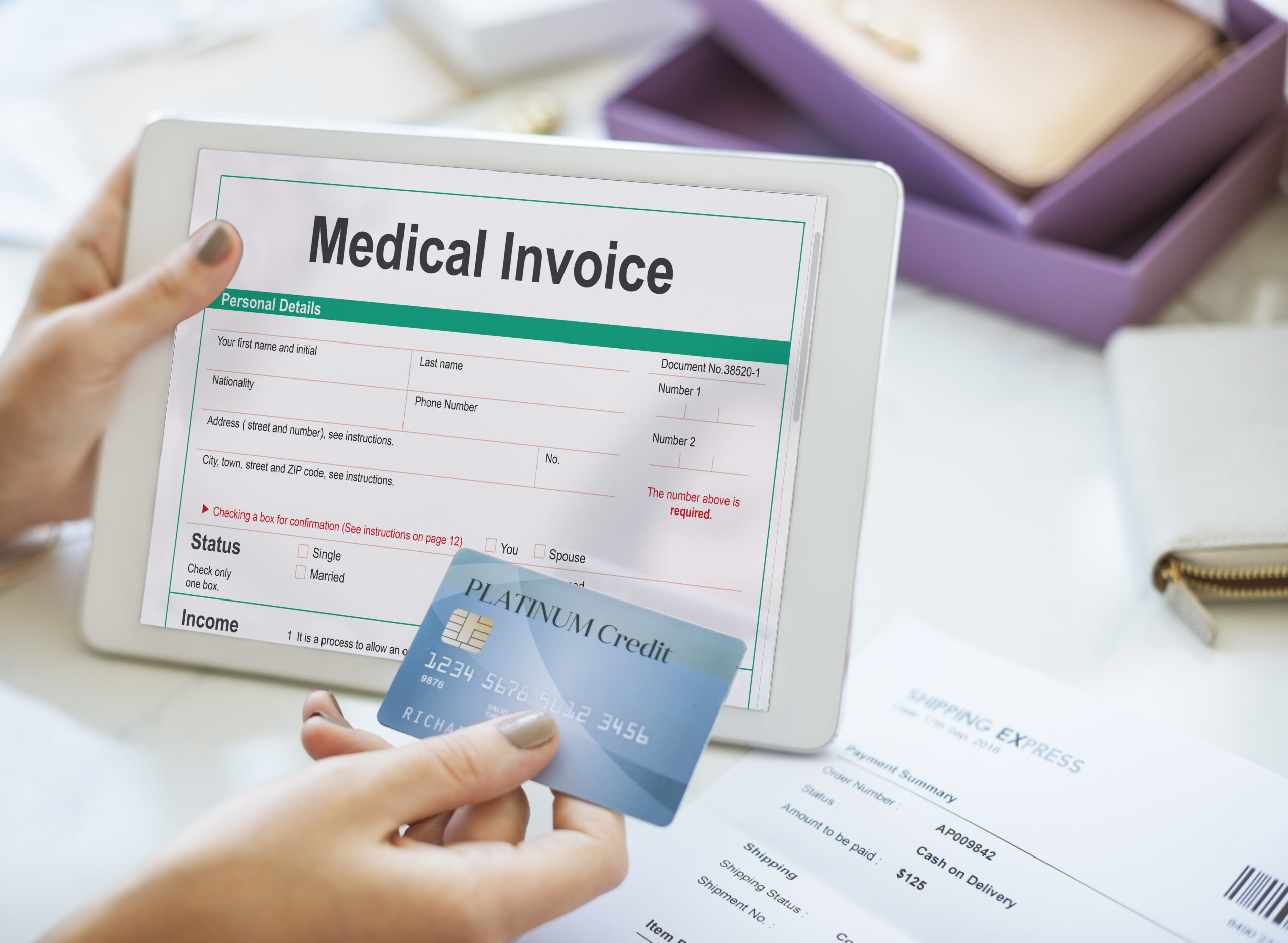In the world of medical billing, Place of Service 11 plays a crucial role in determining the correct reimbursement for healthcare providers. As a vital component of medical coding, Place of Service 11 (POS 11) refers to services rendered in a physician’s office or private practice, not in a hospital or institutional setting. Correctly using POS 11 ensures that healthcare providers receive accurate compensation for their services while complying with the guidelines set by insurance companies and regulatory bodies like the Centers for Medicare & Medicaid Services (CMS).
This article dives deep into the significance of POS 11, exploring its proper usage, impact on reimbursement, common mistakes, and best practices for healthcare providers. We will also highlight the importance of staying up-to-date with evolving coding standards, which are essential for successful medical billing operations and compliance.
What is Place of Service 11 in Medical Billing?
Place of Service 11, often referred to as POS 11, is a medical coding term used to denote services provided in a physician’s office or private practice. According to the CMS guidelines, POS 11 is designated for outpatient services delivered in settings where the healthcare provider maintains their own office, separate from any hospital or institutional facility.
This coding system is integral to the medical billing process because it helps insurers determine the correct reimbursement rates for services rendered in a physician’s office. Proper use of POS 11 ensures accurate claim processing and avoids delays or denials, making it crucial for healthcare providers to use it correctly on their billing forms.
Why is Place of Service 11 Important for Medical Billing?
The accurate use of place of service 11 significantly impacts the billing process. When used correctly, POS 11 helps achieve:
1. Accurate Reimbursement
Correctly coding POS 11 allows healthcare providers to receive the appropriate reimbursement for office-based services. Insurance companies use POS 11 to determine the payment rate, which is typically higher for outpatient services provided in a physician’s office compared to hospital-based services (POS 22).
2. Compliance with Regulations
The Centers for Medicare & Medicaid Services (CMS) and private insurance payers have specific rules regarding POS codes. Compliance with these guidelines is critical for maintaining operational efficiency and avoiding audit issues. Misuse of POS codes can lead to claim rejections, audits, and regulatory scrutiny, making it imperative to use the correct codes.
3. Smooth Claim Submission
Using place of service 11 helps prevent errors during the claims submission process, reducing the chances of rejected claims or delays in payment. When healthcare providers document their services with the correct POS code, insurance companies can process claims faster, ensuring timely reimbursement.
Key Features of Place of Service 11
To ensure proper usage and documentation, healthcare providers must understand the following key features of place of service 11:
1. Location-Specific Code
POS 11 is only used when healthcare services are provided in a physician’s office or private practice. This is in contrast to services provided in hospitals or other healthcare facilities, which would use different POS codes such as POS 21 (Inpatient Hospital) or POS 22 (Outpatient Hospital).
2. Applicable for Outpatient Services
POS 11 is strictly for outpatient services, meaning the patient does not require overnight admission. These services typically include routine consultations, follow-up appointments, and minor procedures like skin biopsies or annual physical exams.
3. Billing Impact
POS 11 directly affects billing and reimbursement processes. It signals to insurers that services were rendered in a non-facility setting, which often results in higher reimbursement rates compared to hospital or facility-based care. Providers must ensure that their claims accurately reflect POS 11 to avoid underpayment or payment delays.
4. Compliance with Insurance Payers
Different insurance companies and government programs may have specific guidelines for using POS 11. Healthcare providers must adhere to these rules to ensure their claims are processed without issues.
How Place of Service 11 Impacts Reimbursement
Properly coding Place of Service 11 has a direct impact on how healthcare providers are reimbursed for their services. Understanding the nuances of reimbursement for office-based services is essential for maximizing financial outcomes.
1. Higher Reimbursement Rates for Office-Based Services
Since services delivered in a physician’s office (POS 11) generally involve lower overhead costs compared to hospital-based services (POS 22), insurers typically offer higher reimbursement rates for POS 11.
This makes it particularly important for practices that rely heavily on office-based care to use POS 11 correctly. For instance, a routine office visit, like a consultation or preventive care service, should be coded as POS 11 to ensure the provider receives the appropriate compensation.
2. Reduced Risk of Denials
Incorrect use of POS codes can result in claim denials. For example, using POS 11 for services provided in a hospital setting (POS 22) can trigger rejections. This not only causes delays in reimbursement but also leads to additional administrative work to resolve the issue. By ensuring POS 11 is applied correctly, healthcare providers can avoid these challenges and streamline their billing operations.
3. Fast and Predictable Reimbursement
With POS 11, healthcare providers can expect faster claim processing and more predictable reimbursement timelines. Since POS 11 is widely recognized for outpatient office services, insurers typically have straightforward procedures in place to process claims under this code efficiently.
Common Mistakes with Place of Service 11
Even experienced medical billers can make mistakes when using POS 11. Below are some of the most common errors and how to avoid them:
1. Misclassification of Service Location
One of the most common mistakes is using POS 11 for services rendered in a hospital outpatient department or inpatient setting. This misclassification can lead to claim denials or incorrect reimbursement. Always verify that the service took place in a physician’s office and not in a hospital facility before applying POS 11.
2. Incorrect Use for Telehealth Services
Telehealth services have their own dedicated POS codes, such as POS 02 (Telehealth) or POS 10 (Telehealth – Home). Using POS 11 for telehealth visits is a mistake that can result in claim rejection. Always use the correct POS code for telehealth services to ensure compliance and reimbursement.
3. Outdated Billing Systems
Medical billing systems that are not updated with the latest POS codes can cause improper coding. It’s crucial to keep billing software up to date to avoid errors related to outdated coding systems.
4. Inconsistent Documentation
Another mistake occurs when the documentation does not match the POS code used. For example, if POS 11 is used for a service, the patient’s chart and documentation must clearly indicate that the service took place in a physician’s office. Inconsistent documentation can trigger audits and claim rejections.
Best Practices for Accurate POS 11 Billing
To ensure accurate billing and maximize reimbursement, healthcare providers should follow these best practices:
1. Verify the Service Location
Before submitting claims, double-check the location where the service was provided. If the service took place in a physician’s office, POS 11 is the correct code to use.
2. Align Place Of Service 11 with CPT Codes
Make sure that POS 11 is used in conjunction with the appropriate CPT codes that correspond to office-based procedures and consultations. This ensures consistency between the billing code and the service provided.
3. Train Staff on POS Code Usage
Proper training for medical billing and coding staff is essential to avoid mistakes. Regular training sessions and updates on POS code usage can help ensure that POS 11 is applied accurately.
4. Keep Documentation Up to Date
Ensure that all patient encounters are well-documented, with clear indications that the service occurred in a physician’s office. This will help avoid issues during audits and ensure compliance with payer guidelines.
5. Perform Regular Audits
Conduct periodic audits to identify and correct any discrepancies in POS code usage. This will help catch errors early and prevent them from affecting reimbursement.
Conclusion
Accurate usage of Place of Service 11 is essential for medical billing efficiency, proper reimbursement, and compliance with regulatory guidelines. By understanding the key features of POS 11, avoiding common mistakes, and following best practices, healthcare providers can improve their billing processes and avoid costly errors.
Med Billing Res is committed to providing expert billing services that help healthcare providers navigate the complexities of medical billing codes like POS 11. By ensuring that your billing system is accurate, up-to-date, and compliant, you can optimize reimbursement rates and streamline your revenue cycle.


